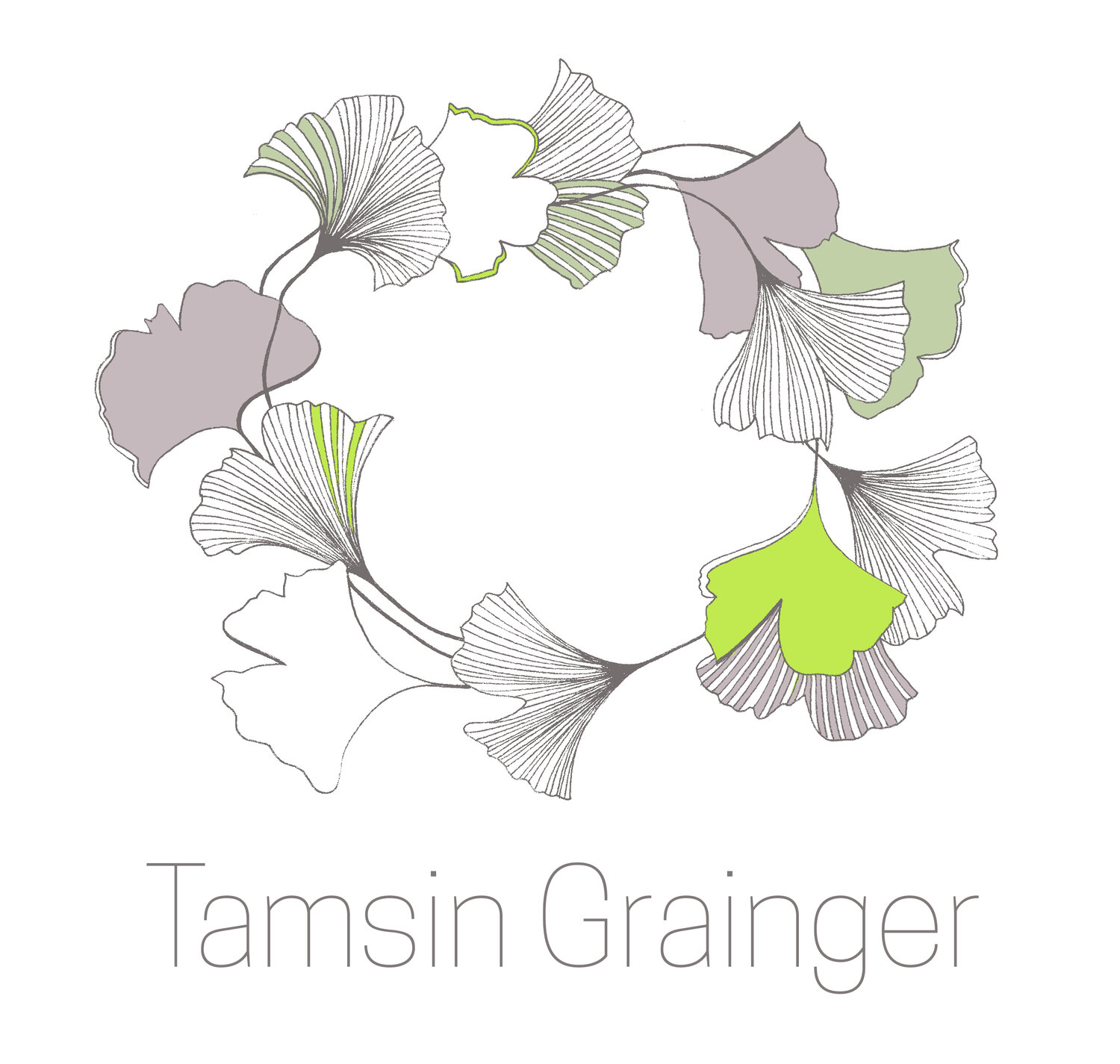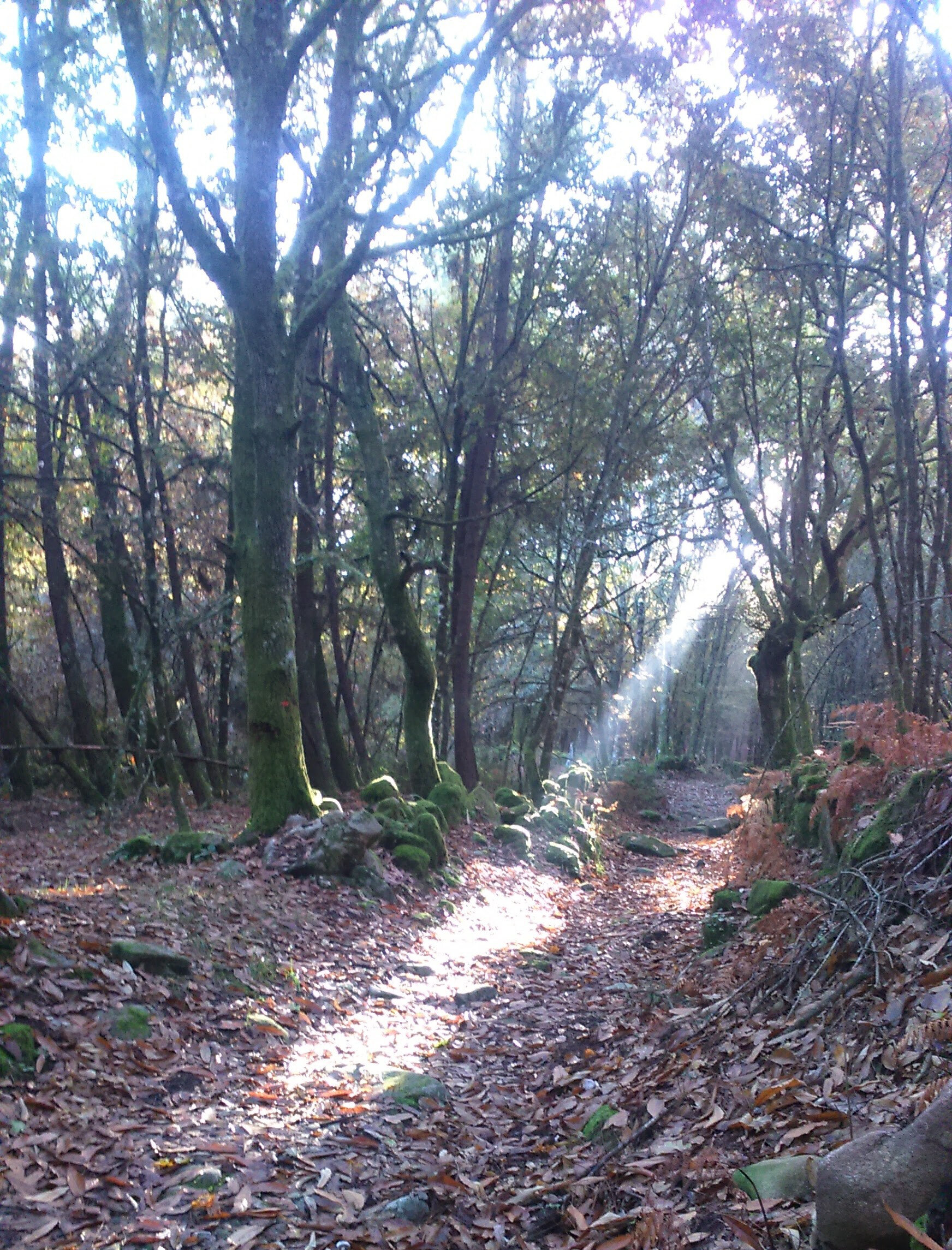Death and Shiatsu, for Shiatsu teachers: article published in the Shiatsu Society Journal
‘Nothing in the cry of the cicada suggests it’s going to die’ Haiku, Matsuo Basho
Introduction
I have come across death in my practice and life many times over the past 25 years, and each meeting has changed me and my Shiatsu. It is not a topic on the Society Core Curriculum (CC) so I was not required to teach about it as such, although occasionally it arose through student case notes or in class discussions. However, about 10 years ago, I decided to find specific time for it at The Shiatsu School Edinburgh, and now that the CC has changed and teachers have more freedom to address topics which they believe will help prepare good practitioners, I am sharing some ideas about why I do this and how to introduce it into the three-year training programme. It can stand-alone, or be part of Practice Management and/or Counselling and Listening Skills (it particularly addresses open listening and acceptance in the therapeutic scenario).
Aim
My aim for the session is primarily to encourage people to think about death and what it means to them, what their beliefs about it are. This takes time and is a very personal thing, but by raising it in the Shiatsu training context, I am hoping it will stimulate some thought and reflection. In our culture, death is not often spoken about openly, for fear of causing distress to others or to ourselves, and yet I know that all my students will come across it in one way or another, and that it will affect their practice.
My personal connection
Death 2
There are many ways in which death has been connected to me and my work: I have worked with clients who are afraid of dying; have been given the news that they have a life-threatening illness; are in the process of dying; or are grieving. I have been working with clients who have passed away shortly after treatment. Sometimes I have worked with people who are suicidal, or who have attempted to commit suicide. Very often, recently, I and clients have been affected by the news of death, or the danger which might have caused it, that is being repeatedly reported on the media.I have been affected in various ways depending on my age at the time, what I was going through, and who I was caring for. The death of my father, of course, changed my practice. I had miscarriages which affected me deeply. Once I arrived at the clinic, ready to start to see clients and immediately received news that someone close to me had died. Like everyone, death has been around me, and it has been useful and necessary for me to discuss it in supervision, with colleagues, write, read, think, meditate or otherwise engage with it in order to grow and develop.
Addressing the topic of death in class
I notify the students when the subject is going to be addressed in class, because of course it can be an emotive one, and by naming it some will already take this as a prompt to start to think about it. In class, I begin by setting up what I hope is a safe space, a circle of meditation (I guide the meditation for a little, using the image of a lotus flower opening in the upper burner for the HT and LU), and then I ask these questions: What is death? How has it impacted on you? Following the stillness, I give them time to write in their journals, in silence, and then we do an exercise in pairs. I ask them to sit opposite each other, make good eye contact, and then to take it in turns to each listen and speak, for 5 minutes, about something which has arisen in their contemplation. We sit still again after that, to allow any thoughts or feelings to move through us. It is not a long time, but I want to provide the group with the chance to engage on an emotional level, to open to themselves and to another; The writing, sharing and quiet time is to allow for some integration.In threes, I then ask people to discuss this: How might death have an impact on your Shiatsu practice with clients? I give them a sheet of flipchart paper and a pen, and ask them to make a list which they will present to the other groups later. At this stage, I am looking for a broad awareness of the times and situations that death could come up: for both the practitioner and the client, in the community, the work-place and elsewhere. There are many possibilities, and they all have different impacts on us and our work. I believe it is important that students get the chance to brainstorm in this way, and it might take some of the fear away, or at least prepare for future situations.I am moving towards an open, whole-group discussion about how death affects our Shiatsu:
when we choose not to practice or might cancel a session(s)
the range of different approaches we will all have towards death, some religious, some more generally spiritual, or not
how death is viewed in Chinese Medicine, and which elements / Zen meridians are involved
how we can best support ourselves and our clients at these times
To break up the sitting and talking, we need regular breaks for fresh air, drinks, food, and more informal conversation. After all, it is a serious subject. My hope is that we will reach a place where we can acknowledge that no one of us feels the same way about death, and that therefore respect is tantamount, both in the classroom and the Shiatsu clinic. We must address the issue of powerlessness, and how important acceptance is. I try to allow possibilities of ways to help others through Shiatsu to emerge, but also an understanding that there are times when our aware presence is the most important thing we can bring.I end with a practical exercise: One person lies down in a position of their choice, and another sits beside them. There is time for finding a settled posture and ‘opening the Heart’. First, with one hand, make a simple and engaged touch on the Hara, perhaps for 5 minutes; and, later, that hand slides under the sacrum and the other comes to rest on CV17, for a further 5 minutes. I demonstrate a relaxed touch and mention how important it is to allow for a comfortable posture as the holding takes a while. (Also, finding a way to change position part-way through, if necessary, without disturbing the client). I ask the giver to ‘stay inside yourself’ ie not to become too engaged with the receiver. And, before the end, to warn the receiver, ‘In a few moments I will be taking my hands away’. The giver then lifts the hand straight up before removing it altogether, and to sit quietly to one side to give the receiver time to recover. It is an exercise in being and accepting. There will be time to swap over, share in those pairs, and then in the big group before ending. We move from the very personal to the practical, addressing the energetic patterns on the physical, emotional, mental, and spiritual levels, and leaving students with what I hope is ‘food for thought’. It can be a profound experience, or people can choose to see it as a straightforward learning exercise.
When to include this subject in a traditional Shiatsu weekend
Death 1
In the past, I have scheduled this topic for a half day (which is not really enough) but if that is all there is then I have found that it is best taught during the second half of the day, after some morning practical work, and before dispersing to go home. This also allows for me to spend time with anyone who needs one-to-one support at the end of the day. Ideally, it is a one-day subject, but more practical body-work is then usually a good idea to motivate the Ki in a different way. If I am moving through the 5 elements, for example, and their relationship to death, I might intersperse the Makko-ho stretches: pose the question what does the metal element have to do with death? And then we all do the LU/LI stretches followed by some verbal exchange. And so on with each element.If your school has a residential, then that can be an excellent time to open up this area, especially if there are private corners of a garden for individuals to retreat to, a quiet walk in nature, and/or class mates around in the evening for hugs and Shiatsu. It can be a good idea to have Rescue Remedy with you.
Postcript
Since I wrote this, I have had a most interesting conversation with a Shiatsu practitioner. She was telling me that has appointed a colleague to notify her clients in the event of her death and to give them the chance to talk and visit the treatment room where she would have seen them. I think this is a great way to care for ones clients and bears further thought.



